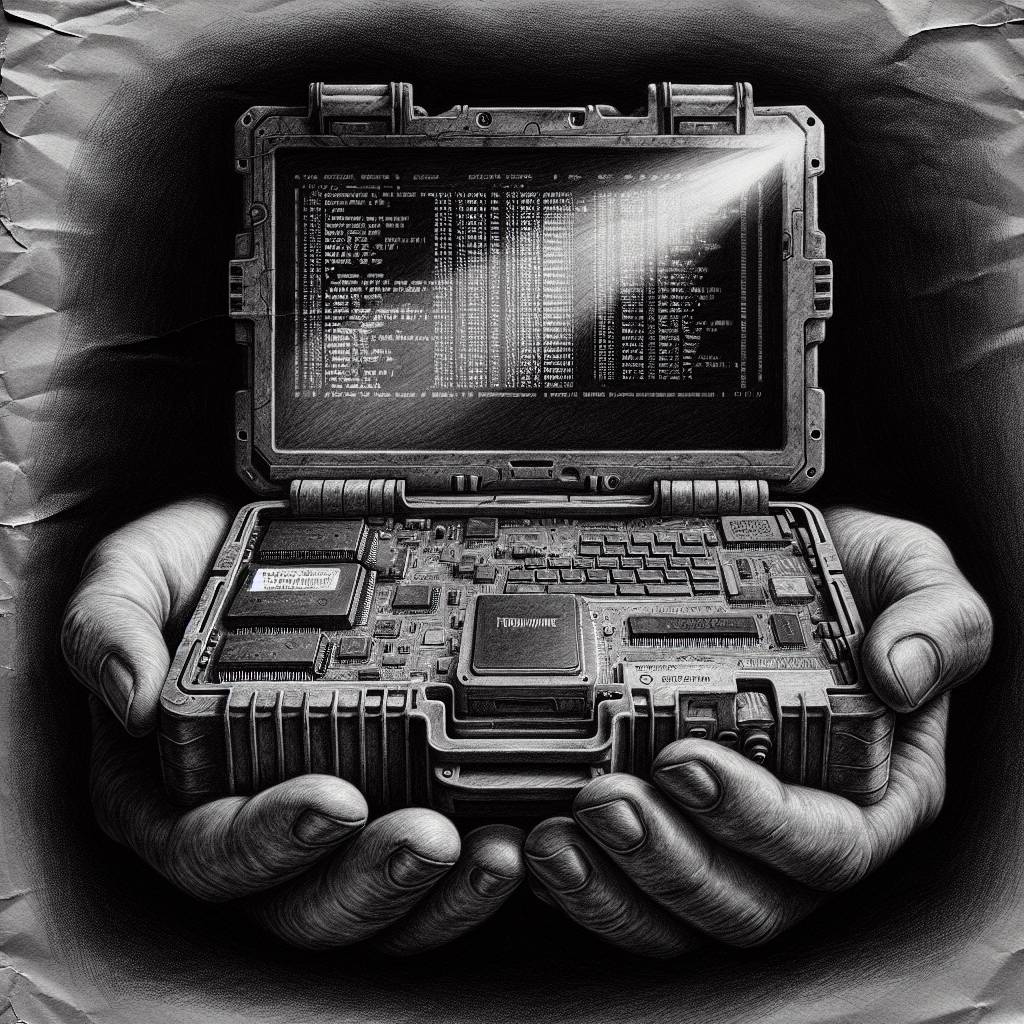Rugged Laptops, Vulnerable Firmware: The Hilarious Misadventure of Secure Boot Bypass
Vulnerable UEFI firmware applications from DTResearch can bypass Secure Boot, putting devices at risk. Identified as CVE-2025-3052, this flaw allows attackers to run malicious code before the OS loads. But don’t worry—Microsoft’s on it, adding the problematic files to its Forbidden Signature Database. Secure Boot, more like “Secure-ish Boot”!

Hot Take:
Imagine buying a rugged device to survive the apocalypse, only for a cyber-vulnerability to turn it into Swiss cheese. DTResearch’s firmware may be tough as nails on the outside, but inside, it’s a hacker’s playground. Who knew that the ultimate weakness in industrial-strength tech was a few lines of questionable code?
Key Points:
- Vulnerability CVE-2025-3052 can bypass Secure Boot on devices with DTResearch UEFI firmware.
- The vulnerability involves exploiting NVRAM variables through a BYOVD attack.
- Microsoft added problematic DTResearch files to its Forbidden Signature Database to mitigate risks.
- Binarly suggests the flaw could affect most UEFI-supporting devices, barring some Insyde-based systems.
- Related vulnerabilities have been found in other UEFI firmware applications affecting Secure Boot.
Firmware Fiasco
Brace yourselves, techies! DTResearch, a company renowned for its rugged tablets and laptops, found itself in a cyber pickle. The company’s UEFI applications, which were supposed to be tough-as-nails, have a vulnerability that makes them as secure as a screen door on a submarine. Dubbed CVE-2025-3052, this vulnerability was exposed by the diligent folks at CERT/CC and Binarly, who spent their time poking holes in what was supposed to be an ironclad system. The issue stems from the way DTResearch’s firmware handles NVRAM variables, enabling cyber miscreants to bypass Secure Boot with the grace of a ballerina.
Secure Boot, Bye-Bye!
Secure Boot, the gatekeeper of your device’s boot process, is supposed to be impenetrable. But thanks to the CVE-2025-3052 vulnerability, hackers can waltz right past it like they own the place. By exploiting a Bring Your Own Vulnerable Driver (BYOVD) attack, they can tweak NVRAM variables, making Secure Boot look more like an insecure nap. Once inside, these cyber tricksters can plant malware as persistent as a houseguest who doesn’t know when to leave. And if you’re thinking your trusty antivirus will save the day—think again. This kind of nefarious code weasels its way into the kernel, making it invisible to most security systems.
Microsoft to the Rescue!
Fortunately, Microsoft swooped in faster than a caffeinated superhero. They added the offending DTResearch files to their Forbidden Signature Database (DBX). With these hashes now blacklisted, those troublesome apps are locked out like a teenager after curfew. Red Hat is also gearing up with a DBX update, proving that when it comes to cybersecurity, teamwork makes the dream work.
Not All Devices Are Created Equal
Before you start smashing your device in a fit of paranoia, take a breath. Binarly points out that not all UEFI-supporting devices are sitting ducks. Some, like certain Insyde-based systems, have NVRAM variables locked tighter than a drum, making this vulnerability as useful as a chocolate teapot. DTResearch chimed in with a reminder that their vulnerable applications are specifically meant for Insyde UEFI devices, and Microsoft’s intervention should stop them from misbehaving elsewhere.
A Not-So-Secure Boot Saga
As if this weren’t enough drama for one day, CERT/CC unveiled another UEFI vulnerability involving NVRAM variables. Researcher Nikolaj Schlej discovered that certain Insyde H2O UEFI firmware applications are also susceptible to a Secure Boot bypass. It seems like the universe is conspiring to make Secure Boot anything but secure. In the end, this spate of vulnerabilities highlights the tangled web that is UEFI supply chain security. A single slip-up can send ripples across the industry, leaving everyone scrambling to patch the holes and hoping their devices don’t end up as fodder for the next cybersecurity horror story.
